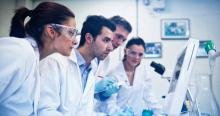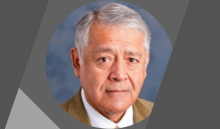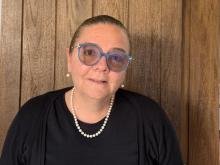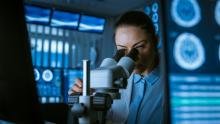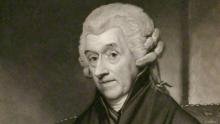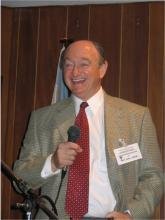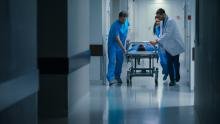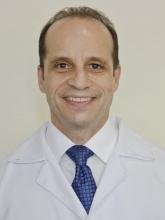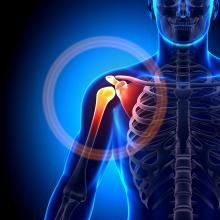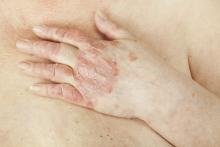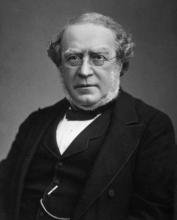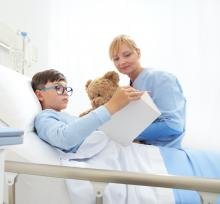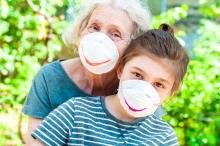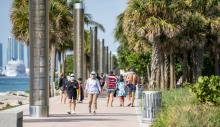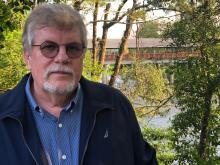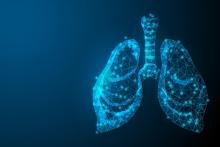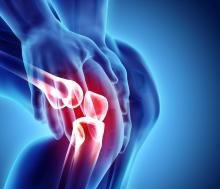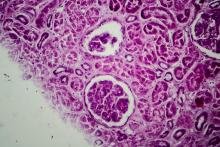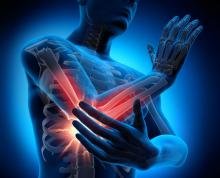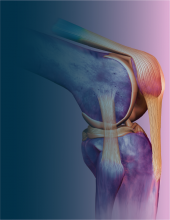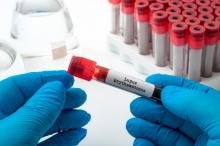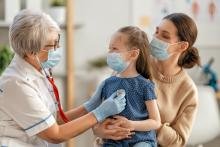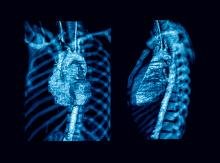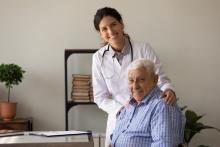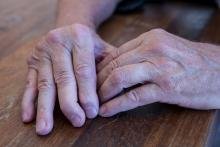Graciela S. Alarcón, a mentor in the academic sphere and family life
Estefanía Fajardo
Received June 23, 2022; Accepted July 11, 2022; Published July 22, 2022
Fajardo E. Graciela S. Alarcón, a mentor in the academic sphere and family life. Global Rheumatology 2022. Available from: https://doi.org/10.46856/grp.25.et128
She was born in 1942, the fourth of five siblings. “Since I was a kid, they have called me Chela and that is how people call me now, family and close friends”. Her father, a civil engineer “was a hard worker”, and her mother, “a loving and dedicated housewife”. Dr. Alarcón remembers that:
“She always stressed to me and my siblings the importance of studying, of having a profession. My mom didn’t because when she grew up it was uncommon for women to attend college or even graduate from high school; my mother, however, was a person who enjoyed reading on her own initiative. Both my father and my mother taught us that a profession would be something that would serve us not only personally but would also be beneficial to society”
Besides being a mentor, researcher, and professor, Dr. Alarcón is also a wife, mother, and grandmother. She chose medicine as a career without following any familiar pattern: “There were no doctors in my family. I became interested in medicine for two reasons: my personal development and the possibility of helping people with health needs.” She continues:
“In medical school, you have the opportunity to deal with a variety of diseases and patients; the attractiveness of rheumatology is that it is a specialty that encompasses many aspects of internal medicine, it is essentially comprehensive. Rotations allow us, for example, to deal with diseases such as lupus that affect different systems and more frequently young women, which represents a profound challenge. In addition, the encouragement of brilliant teachers, and professors of very high quality both in Peru and in the United States, allowed me to decide, from my first years as a student, that rheumatology was going to be my specialty. The road is long, but you get there".
THE PROCESS
“It hasn’t been easy”, she says. The multiple roles she has fulfilled virtually at the same time in different times of her life, are responsibilities for which “I have been fortunate to have the support and understanding of my husband and children”. Along with her husband, Renato Alarcón, a psychiatrist, they traveled to the United States in August 1967 to continue studying.
Dr. Alarcón trained in internal medicine and rheumatology (1967-1972) at Baltimore City Hospital, part of the Johns Hopkins Health System. In her last year in Baltimore, she obtained a master’s degree in Public Health at Hopkins. Among her teachers and academic role models she includes Drs. Carlos Petrozzi, Benjamin Alhalel, Larry Shulman, Alex Townes and Mary Betty Stevens as well as Helen Abbey and Abraham Lilienfeld. In August 1972 they returned to Lima to work at Universidad Peruana Cayetano Heredia, their alma mater, before returning to North America in January 1980:
“We came to the University of Alabama in Birmingham (UAB), where my husband joined as professor of Psychiatry, and I was accepted as a rheumatology fellow in the division headed by Dr. J. Claude Bennet. Little by little, with great effort, I managed to get a job in the division and in the School of Medicine, as a professor and researcher”.
Indeed, six years later she became a professor of medicine and rheumatology and shortly afterwards was appointed to the Jane Knight Lowe Chair of Rheumatology at UAB.
Being a woman, a foreigner, speaking with an accent, and having small children, “are considered high-risk factors in an academic career, because you never know when you might receive a call to rush off to one of your children’s schools” says the doctor. In this context, the support of her colleagues at UAB was decisive and encouraging, “the understanding that situations such as having to leave the hospital untimely does not mean putting aside academic or healthcare responsibilities. It has been difficult, but it has been possible”.
None of her children were attracted to medicine. “Our children said we worked too much. But the truth is that in every profession there is overwork”, she says. Her eldest daughter, Patricia, is an architect, her second one, Sylvia, is a professor; and the youngest, Daniel, is a writer, journalist, and professor at Columbia University: “I might add that all three work intensely”, she adds.

Dr. Alarcón at the one ACR Congress, in the mid-nineties in the company of some of her fellows.
PANLAR EXPERIENCE
In 2008, Dr. Alarcón received the PANLAR Master’s Award; however, her history with the institution goes back a long way and remains strong to this day. In fact, she continues to actively participate in the fulfillment of PANLARs goals through the promotion of research in the new generations of specialists in our region.
“Since I was in Peru in the seventies, I’ve participated in PANLAR congresses. One of the contributions I’ve made over the last 20 years has been the selection of candidates for the research award of PANLAR. This was initially created with the support of the pharmaceutical industry, with the aim of encouraging researchers in Latin America to carry out studies in the region”.
Over these years she also has closely supervised the progress of the research conducted by the awardees through quarterly reports that she personally reviews. In this way, “the award does not fall on stony ground but actually reaps tangible rewards”.
She is also Editor-in-Chief of the Journal of Clinical Rheumatology, founded by the late Dr. Ralph Schumacher. Dr. Schumacher left a fund to create an award in his name and Dr. Alarcón is also in charge of the selection of the applicants, as well as monitoring the conduct and realization of the projects. She points out that:
“The world is more connected now than ever before, a process that definitely includes Latin America. These awards are given to foster research. One of the problems in our countries is that doctors end up trying to compensate for the reduced salary they receive at the hospital level with their private practice and have no time left to do research. The PANLAR and Schumacher awards are intended to encourage it”.
Through the lens of the 42 years since her return to the United States, she argues that currently “the perception of Latinos working in the United States at the academic level is different that it was decades ago”. She has been a mentor at UAB for many young Latin American researchers, including several from Peru. In this sense, she states:
Today, there is a very good attitude to attract candidates from our continent; there is no longer the reticence that there was 40 years ago. The academic community is much more open and recognizes the training that takes place in Latin American countries”.
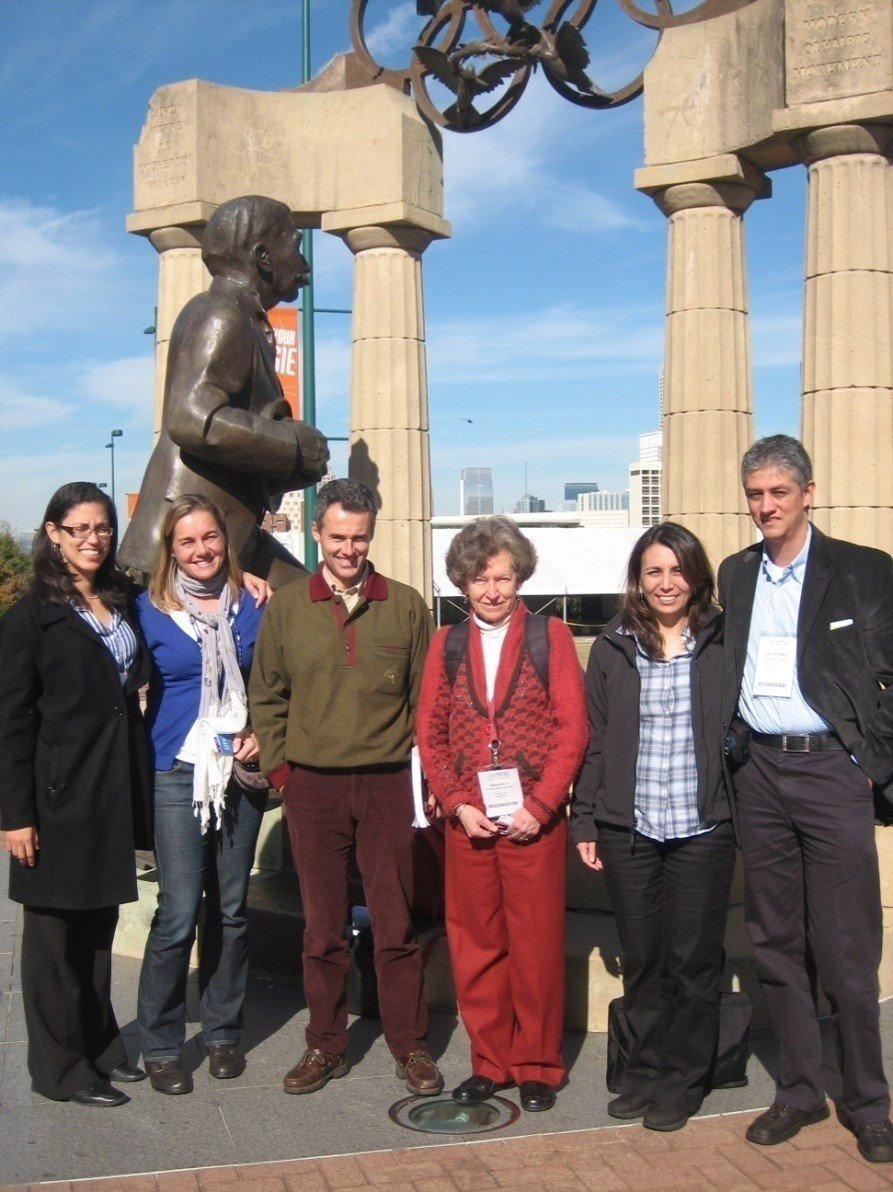
Graciela Alarcón formally retired from UAB in 2009, although she has remained closely linked to the institution.
LINES OF RESEARCH
In Peru, her main task was to develop the specialty and research, which was still limited by the lack of resources. Upon her return to the United States, however, it was clear to her that an academic, a university professor, had to work in all branches of medical practice: administration, teaching, research, and patient care.
“When I started at UAB in the eighties, I went on to the study of rheumatoid arthritis, which is a disease that affects women more than men”. Later, in the nineties, “There was an opportunity to apply for funding for the study of lupus in minority populations”.
The team led by Dr. Alarcón won the bid “These funds allowed us to develop a lupus research program that included the Hispanic population. Until that time, it was recognized that lupus generally affected more young Black or African-American women than white women, but the characteristics of the disease were completely unknown”.
“We focused not only on the so-called traditional populations but also on the Hispanic population and, with the previous experience of having seen very severe lupus in the Peruvian population, we had a base. We formed a collaborative working group between our university, the University of Puerto Rico (Dr. Luis Vilá) and the University of Texas at Houston (Dr. John Reveille) to study three populations and we named this study LUMINA (Lupus in Minorities: Nature vs. Nurture).
It was unclear to which extent the disease was more severe in nonwhite populations, considering both genetical and socioeconomic differences. “The study of lupus was basically my line of work in my last 15 to 20 years at UAB and also afterwards, because even when I am retired, I will still be highly involved in the topic”.
Dr. Alarcón insists that rheumatology “Is a field of medicine that deals with many other aspects or areas, and it is not limited to the joints; it deals with the study of systemic diseases such as lupus and others, which can be serious diseases and involve deep organs such as the kidney, heart and nervous system, among others; all this is a challenge since these patients must be managed considering the multiple nature of their disease, often different in each one of them”.
She also confesses that what she treasures of this experience is “Giving visibility to the severity of lupus in the Hispanic population in the United States, which is a major contribution. Another important contribution is that we have proved, based on data from the LUMINA cohort, that one of the medicines that were used in lupus, but was not considered to be highly effective, did have an important effect in preventing damage to the affected organs, thus prolonging life in these patients. This is hydroxychloroquine; the data provided by these studies have been very well received and are frequently cited in the world literature; in fact, it can be stated that they have contributed to change the strategy for the adequate management of lupus patients”
In the center, Dr. Alarcón, during the Lupus congress that took place in San Francisco, United States, in 2019.
MENTORING AND RESEARCH
In 2009 she formally retired from UAB, although she has remained closely linked to the institution and continues her work with the cohorts of GLADEL (Latin-American Group for the Study of Lupus) and LUMINA. GLADEL, in particular, has young researchers, some of whom have been her fellows and to whom she continues to provide help and support. In this regard, Dr. Alarcón states ”The presence and work of mentors is very important for fostering research, leading the way forward; I am greatly satisfied of continuing to do so”. And, she adds emotionally “I don’t want to disengage. This is what encourages me to keep going. We continue publishing data from both cohorts as well as from other groups to which I belong, in other words, my academic activity continues; this is the driving force that moves me and that I combine with my family activity”.
It is important to provide consistent support to those whose journey is just beginning, young Hispanic or Latin American doctors or scientists who come to the United States with the desire to move forward and do research:
“When I began in medicine I thought I was fluent in English, but my level was actually quite low; thus, I know how it feels when one cannot express oneself properly. The proofreading and editorial suggestions of texts that my young colleagues send me is something I do wholeheartedly. I read them carefully, edit them, send back to them, correct them again and little by little a manuscript is ready to be submitted to a scientific journal”
About her hobbies, she mentions being a grandmother as her main one. She recalls teaching her granddaughter, Lucía, to sew. Lucía is now 17 and about to go to college. Board games comprise most of her time with the little ones, a role she describes as “a great experience”, both cognitive and affective, since learning (of little tricks of technology that stimulate our brains, for example) and the expressions of affection and understanding are mutual, bidirectional experiences.
“I am proud of who I am, devoted to a profession I love, and increasingly convinced that women in medicine, and in rheumatology, in particular, play a key role in patient care and in the future of the profession”
From her experience and vision as a witness to significant changes in the composition and substantial changes of the subspecialty, she adds that “Things have certainly improved for women in rheumatology and medicine in recent decades. The future is promising despite there are still conflict issues and debate such as those related to gender situations and topics of controversy in the fields of study and research”.
Finally, Dr. Alarcón makes an analysis of the current situation in our region and provides some advice for new specialists I believe that doctors deciding to become rheumatologists have a very promising future ahead of them; considerable progress has been made in the understanding of the diseases we deal with and how to treat them, so that the patients we treat can remain active in their personal, family and working lives. The specialty requires continuous work and effort on the part of all rheumatologists, so that theoretical and practical, clinical research and teaching knowledge continues to advance".
She concludes by adding that in current worldwide trends “Women doctors consider rheumatology an attractive specialty; and it cannot be otherwise since, as I have pointed out, some of the more serious diseases we handle, such as lupus, affect women in much greater proportion. The specialty fully welcomes young female professionals, without the tacit or express questioning of before. To the rheumatologists in training, men and women in our region and in other parts of the world, I wish them the best in a significantly fascinating field”.








